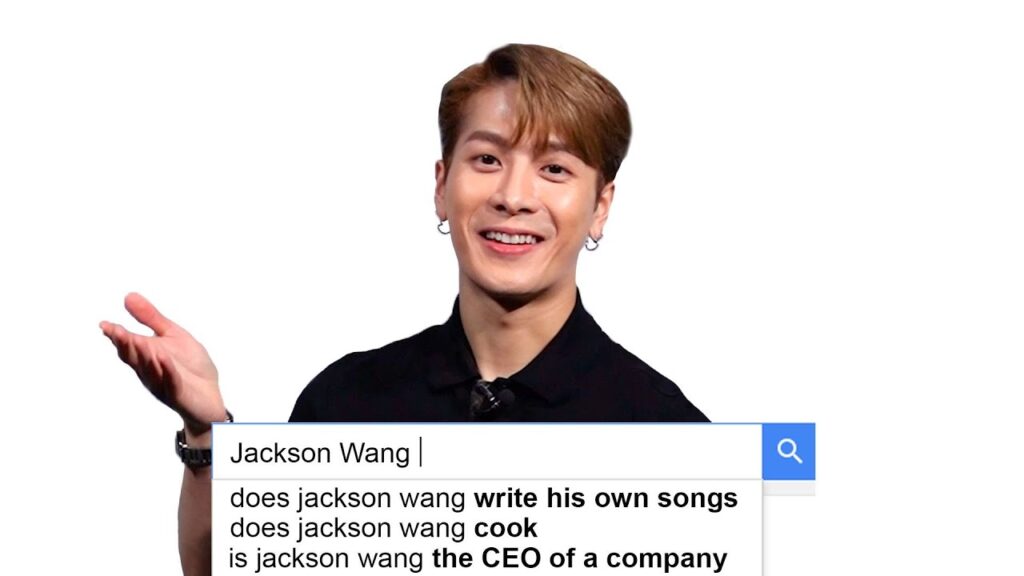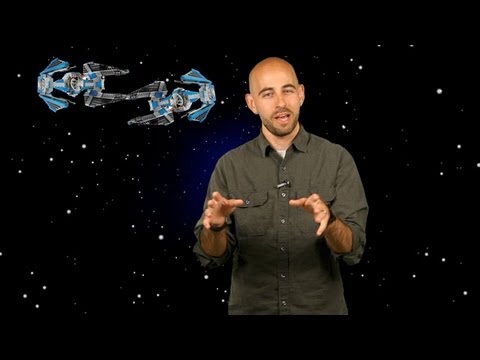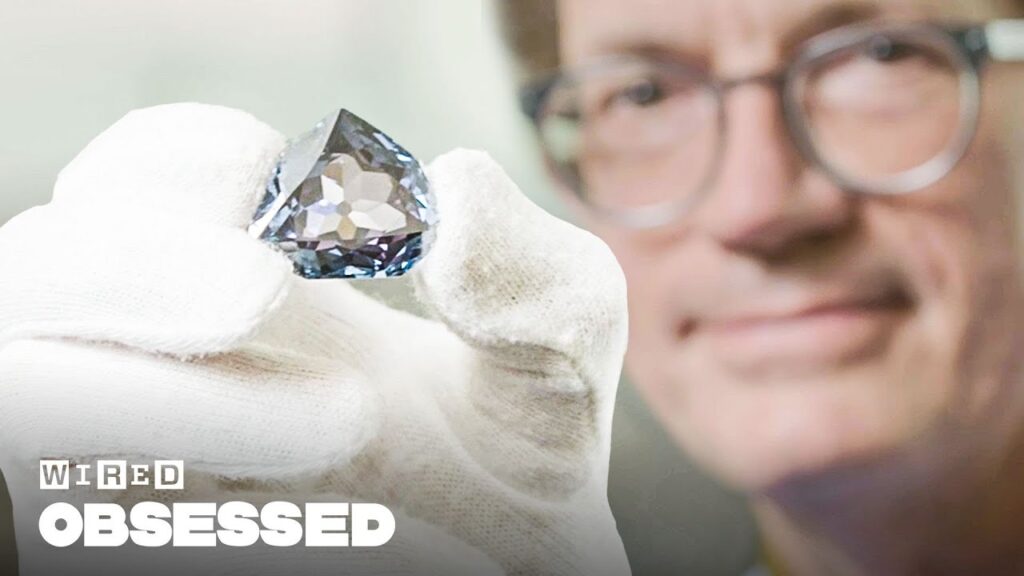Marathon Runner Eliud Kipchoge Breaks 2-Hour Barrier: Implications for Sports Technology
Summary
In this article, we discuss the recent achievement of marathon runner Eliud Kipchoge, who broke the two-hour barrier on October 12th, becoming the first person to do so. We examine the factors that contributed to his success, including his athletic ability, training, course conditions, pacing scheme, and controversial shoes. We also explore the impact of technology on various sports, including the Nike shoes worn by Kipchoge, and suggest that if the technology becomes available to all shoe manufacturers, it could level the playing field.
Table of Contents
- The Optimal Conditions for Kipchoge’s Success
- The Controversial Nike Shoes and Sports Technology
- The Exceptional Athleticism of Eliud Kipchoge
- Conclusion
The Optimal Conditions for Kipchoge’s Success
Eliud Kipchoge’s recent achievement in breaking the two-hour barrier for the marathon was due to a combination of factors. The course for his exhibition event in Vienna was specially designed for him, with no other runners and minimal turns. The flat course was close to sea level and had a few bumps to break up his biomechanical pattern. Kipchoge had a pace group running in an inverted V formation, which reduced his energy costs significantly and gave him an edge. The pacers were required to start with the front runner and could only lead the group for as long as they were able to run. The psychological benefit of having people to take the pace and tap into their rhythm also helped Kipchoge.
The Controversial Nike Shoes and Sports Technology
Kipchoge’s shoes, which had a carbon plate in the midsole, were controversial as they were thought to make runners more efficient and economical. The shoes were faster than the ones he wore in his previous race in 2017, which raised concerns about technological doping. The article discusses the impact of technology on various sports, such as aero bikes in cycling, tech suits in swimming, clap skates in speed skating, and changes in golf clubs, pole vault poles, tennis rackets, and bikes. The author suggests that if the technology in the Nike shoes is proprietary to Nike, it gives Nike athletes an unfair advantage. However, if the technology becomes available to all shoe manufacturers, it could level the playing field.
The Exceptional Athleticism of Eliud Kipchoge
Dr. Michael Joyner, an expert in human performance, believes that Kipchoge’s success was not surprising based on his previous attempt in 2017. The major takeaways from Kipchoge’s achievement include consistency, managing effort, and learning to relax. Other marathons can learn from the optimal course, field, time of day, and weather conditions that contributed to Kipchoge’s success. Kipchoge’s achievement may inspire others to push themselves harder and break more barriers in the future.
Conclusion
Eliud Kipchoge’s recent achievement in breaking the two-hour barrier for the marathon was an impressive feat. The factors that contributed to his success, including his athletic ability, training, course conditions, pacing scheme, and controversial shoes, have sparked a conversation about the role of technology in sports. While the impact of technology on sports is undeniable, it is important to ensure a level playing field for all athletes. Kipchoge’s achievement may inspire others to push themselves harder and break more barriers in the future.






